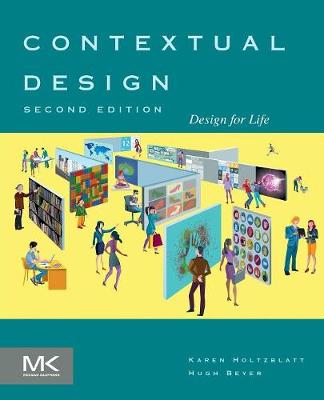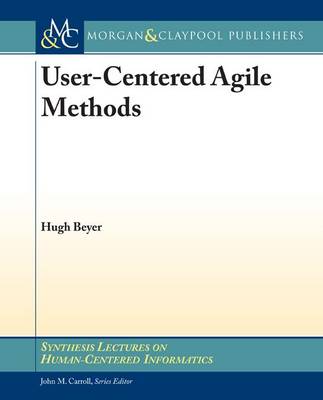Synthesis Lectures on Human-Centered Informatics
2 total works
Contextual Design: Design for Life, Second Edition, describes the core techniques needed to deliberately produce a compelling user experience. Contextual design was first invented in 1988 to drive a deep understanding of the user into the design process. It has been used in a wide variety of industries and taught in universities all over the world. Until now, the basic CD approach has needed little revision, but with the wide adoption of handheld devices, especially smartphones, the way technology is integrated into people’s lives has fundamentally changed. Contextual Design V2.0 introduces both the classic CD techniques and the new techniques needed to "design for life", fulfilling core human motives while supporting activities.
This completely updated and revised edition is written in a clear, informal style without excessive jargon, and is the must-have book for any UX Design library. Users will find coverage of mobile devices and consumer and business products, all illustrated with new examples, case studies, and discussions on how to use CD with the agile development and other project requirements methods.
This completely updated and revised edition is written in a clear, informal style without excessive jargon, and is the must-have book for any UX Design library. Users will find coverage of mobile devices and consumer and business products, all illustrated with new examples, case studies, and discussions on how to use CD with the agile development and other project requirements methods.
With the introduction and popularization of Agile methods of software development, existing relationships and working agreements between user experience groups and developers are being disrupted. Agile methods introduce new concepts: the Product Owner, the Customer (but not the user), short iterations, User Stories. Where do UX professionals fit in this new world? Agile methods also bring a new mindset -- no big design, no specifications, minimal planning -- which conflict with the needs of UX design.
This lecture discusses the key elements of Agile for the UX community and describes strategies UX people can use to contribute effectively in an Agile team, overcome key weaknesses in Agile methods as typically implemented, and produce a more robust process and more successful designs. We present a process combining the best practices of Contextual Design, a leading approach to user-centered design, with those of Agile development.
This lecture discusses the key elements of Agile for the UX community and describes strategies UX people can use to contribute effectively in an Agile team, overcome key weaknesses in Agile methods as typically implemented, and produce a more robust process and more successful designs. We present a process combining the best practices of Contextual Design, a leading approach to user-centered design, with those of Agile development.

